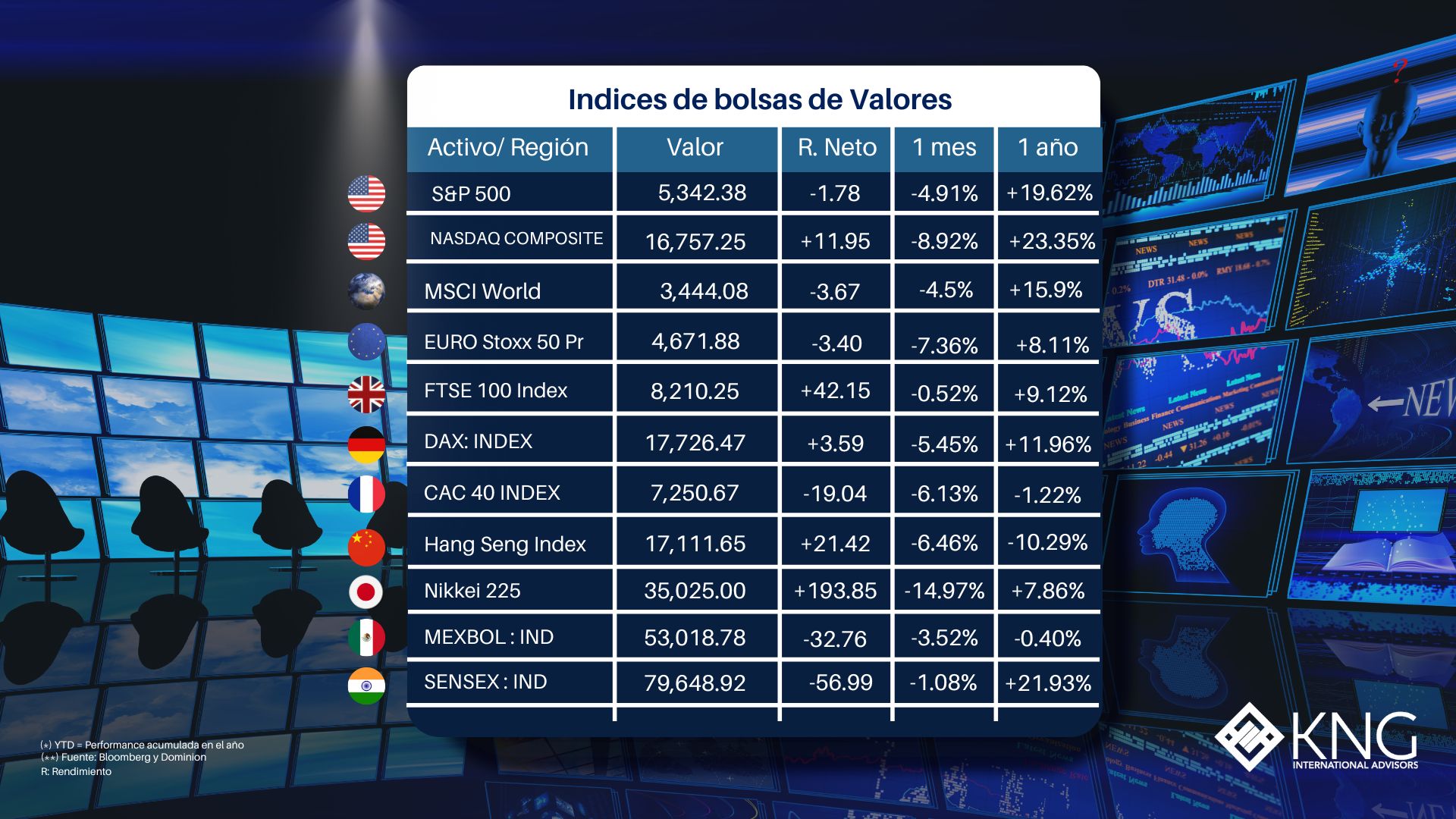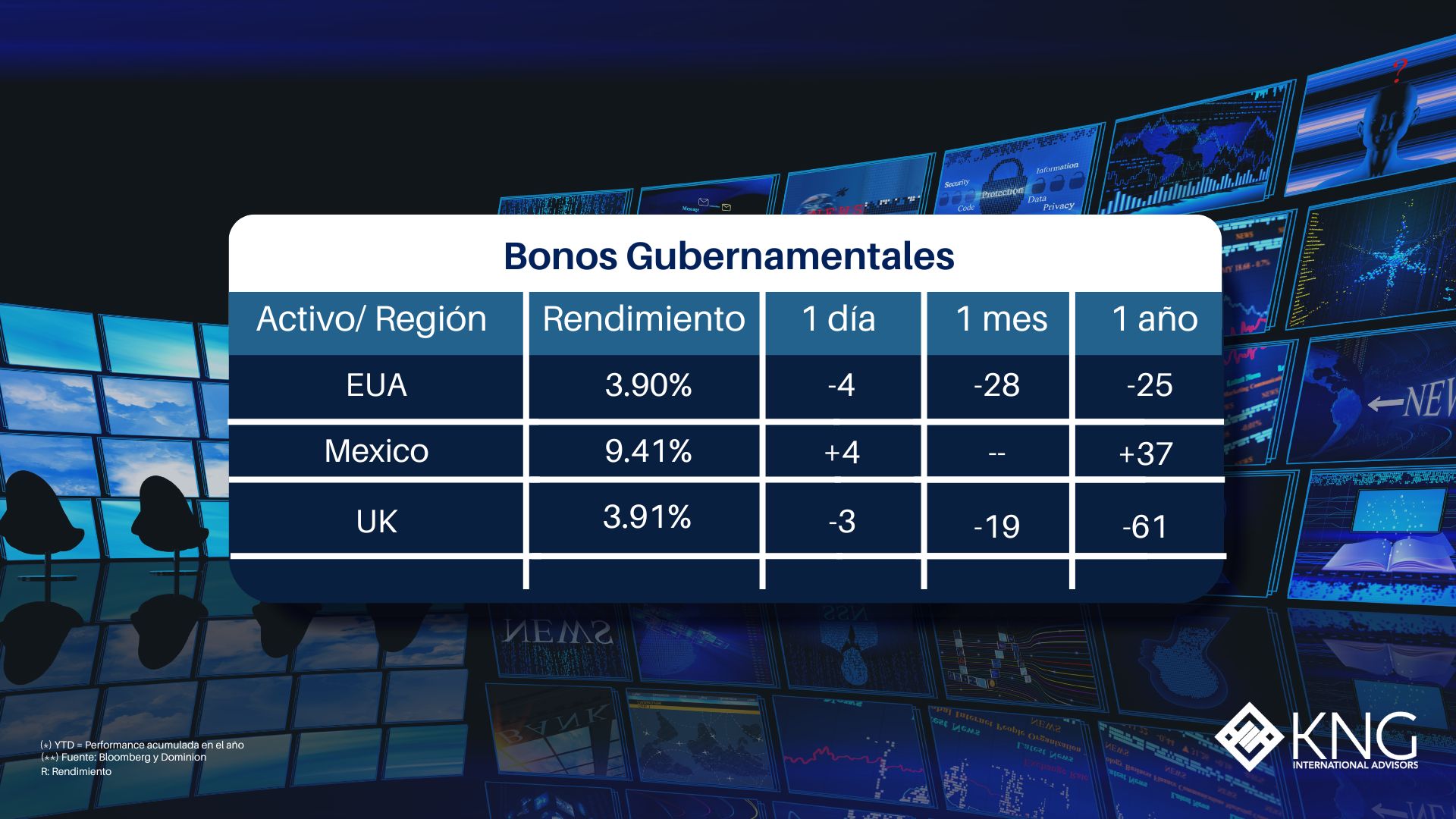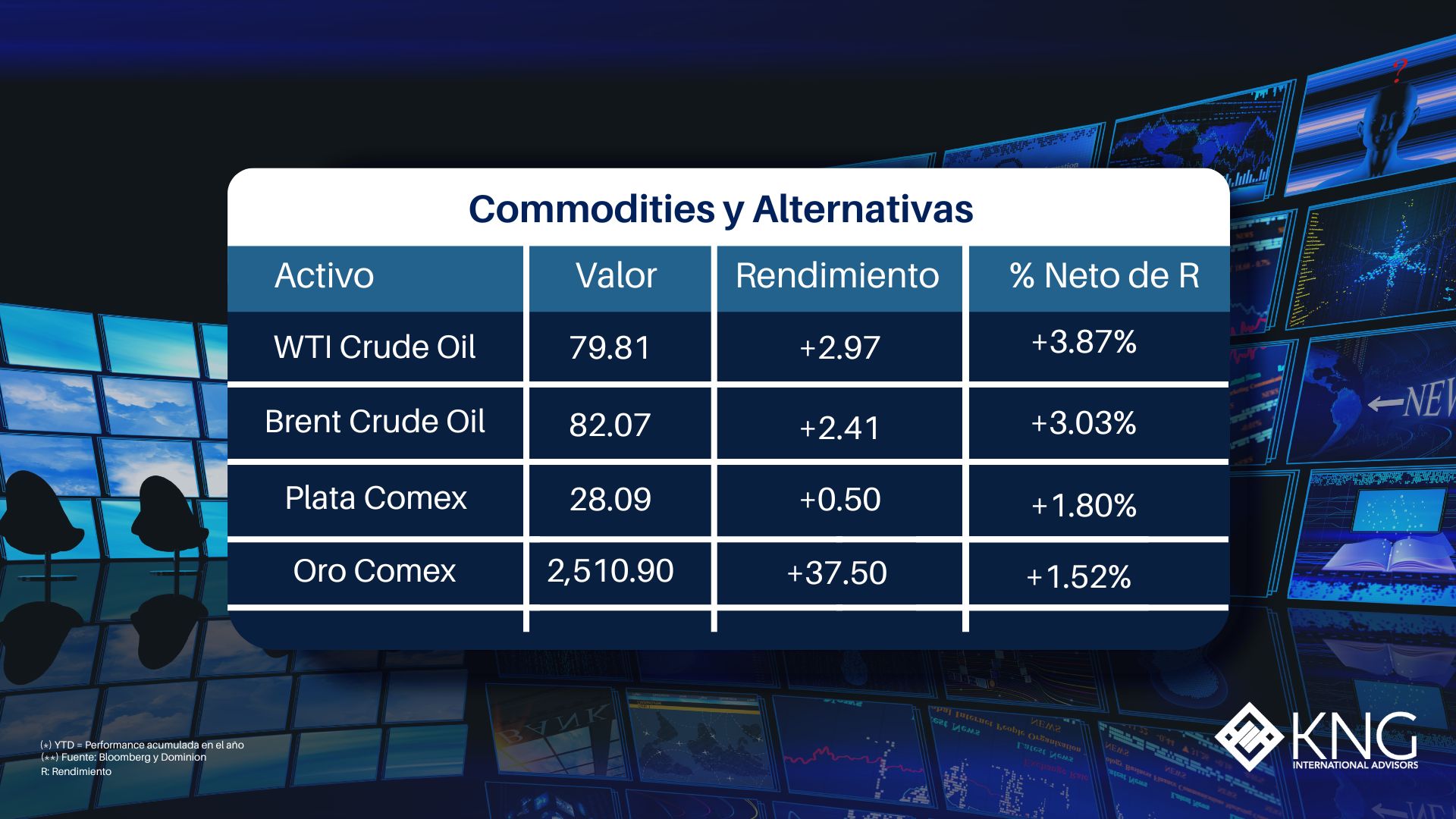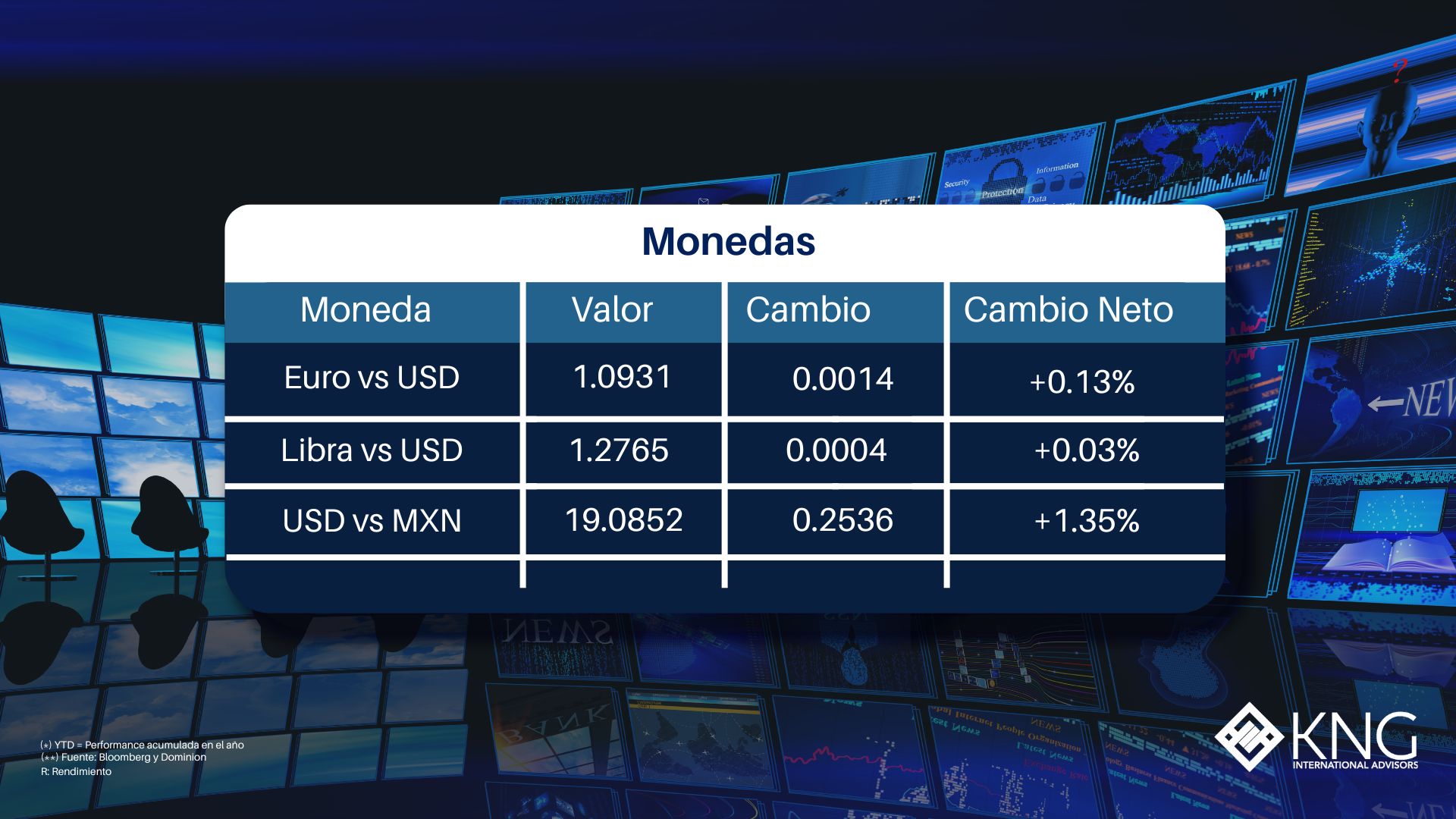Monday 12th of August 2024
Listen to this financial market update by playing this audio...




Two weeks ago, two critical reports — the Manufacturing ISM report and the employment report — were released in the US. These reports indicated potential signs of a slowing in the US economy.
The market, which had been optimistic about a soft landing, reacted strongly. Stocks fell sharply. The initial shockwaves were felt on Thursday and Friday, with the S&P 500 experiencing a 5% drop, followed by a historic sell-off in Japanese markets last Monday, which cascaded across much of Asia.
Despite the market turmoil, not all sectors performed equally. The best-performing sectors were staples, healthcare, utilities, and real estate. These sectors typically benefit from lower interest rates and are considered defensive plays in times of economic uncertainty. In contrast, the worst-performing sectors were information technology and consumer discretionary. The poor performance in these sectors, especially those dominated by Big Tech, highlights the market’s current anxiety. Amazon, Tesla, and Nvidia were notably among the hardest hit, with specific factors such as earnings reports and speculative trading contributing to their declines.
The VIX, which measures the cost of hedging against short-term volatility in the S&P 500, spiked sharply on Monday after a mild rise on Friday. This increase indicates heightened fear among investors, driven by concerns over potential cascading losses due to position limits and margin calls.
Interestingly, while the stock market continued its downward trend on Monday, US Treasury yields remained flat. This stability in the bond market suggests a complex interplay of factors at work. Notably, the move into US government bonds, a typical safe-haven reaction, did not accelerate in tandem with the stock sell-off.
The recent market rout can be attributed to several intertwined factors. Recession worries are clearly a contributor, but perhaps not a huge one. The relatively moderate moves in Treasuries, corporate bond spreads, and rate expectations suggest mixed economic data rather than outright panic.
The unwinding of the yen carry trade could well have contributed to the wider sell-off, as investors were forced to sell off assets they had bought with borrowed yen. It makes sense that this would be happening, but it is difficult to prove the scale of the effect — we have not seen hard data on the trade.
But there is reason to believe the carry trade unwinding was a bigger deal than previously thought. The Mexican peso and the Brazilian real, two higher-yielding currencies commonly bought with borrowed yen, fell to multiyear lows yesterday despite maintaining high interest rate differentials with the US.
Might equities have been swept up as well? Of course, it is possible that the direction of causality went the other way: that it was the sell-off in equities that turned the carry trade upside down, by erasing gains earned on assets paid for with increasingly expensive yen loans.
The Big Tech stock sell-off has been violent and the value changes are immense, at least in dollar terms. It has echoed in Asia in the form of selloffs of big semiconductor companies. This was a trade that funds hoping to beat the index had little choice but to join. And those funds had big profits this year they would have been keen to lock in.
If you must point to a single perpetrator of recent equity price declines, point at Big Tech. Despite the recent volatility, however, there are signs of potential stabilisation. The services ISM index showed continued expansion, albeit modestly. Earnings reports, such as those from Tyson Foods and Palantir, offered some positive surprises. The VIX cooled somewhat, and the stock market did not close at its lows on Monday. Stability in the bond market and a recovery in Asian markets suggest a potential easing of immediate pressures.
While the market remains on edge, it’s important to remember that volatility is a natural part of investing. An expensive market in a slowing economy doesn’t need a specific reason to fall, just as a cheap market in a growing economy doesn’t need a particular catalyst to rise. As always, maintaining a diversified portfolio and staying informed are your best tools for navigating these uncertain times.
We would like to thank Dominion Capital Strategies for writing this content and sharing it with us.
Sources: Bloomberg, Yahoo Finance, Marketwatch, MSCI.
Copyright © 2023 Dominion Capital Strategies, All rights reserved.
Disclaimer: The views expressed in this article are those of the author at the date of publication and not necessarily those of Dominion Capital Strategies Limited or its related companies. The content of this article is not intended as investment advice and will not be updated after publication. Images, video, quotations from literature and any such material which may be subject to copyright is reproduced in whole or in part in this article on the basis of Fair use as applied to news reporting and journalistic comment on events.
